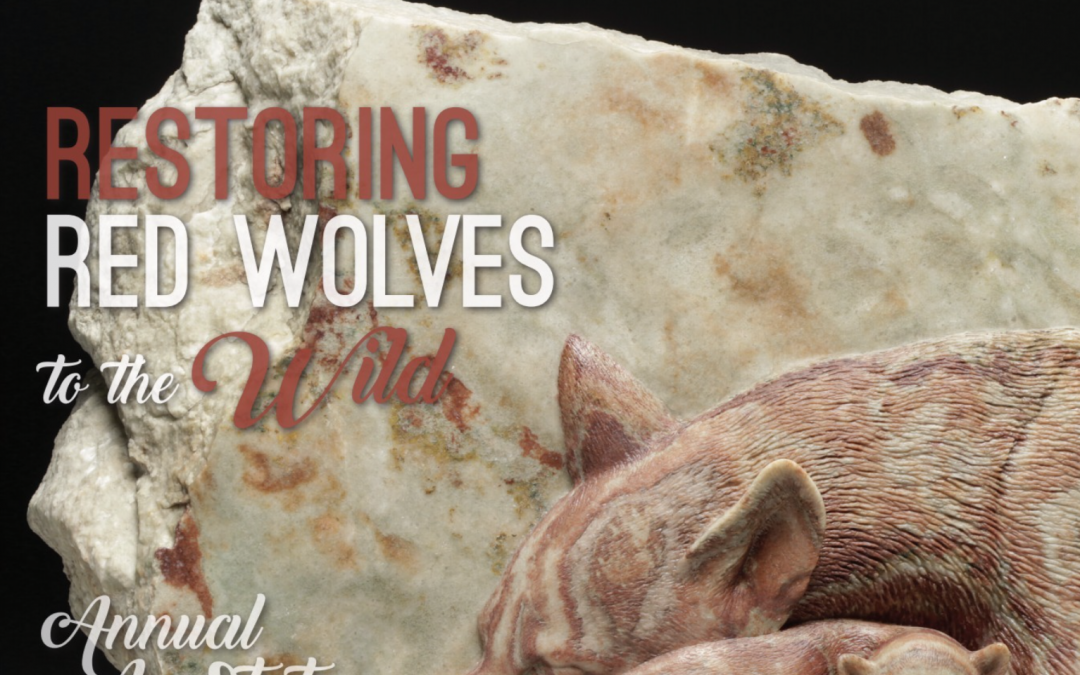
Gotta Love the Underdog
Finally, an underdog species gets front & center stage. Immortalized as a sculpture and on the cover of a magazine. Wow, it just doesn’t get much better!

Finally, an underdog species gets front & center stage. Immortalized as a sculpture and on the cover of a magazine. Wow, it just doesn’t get much better!
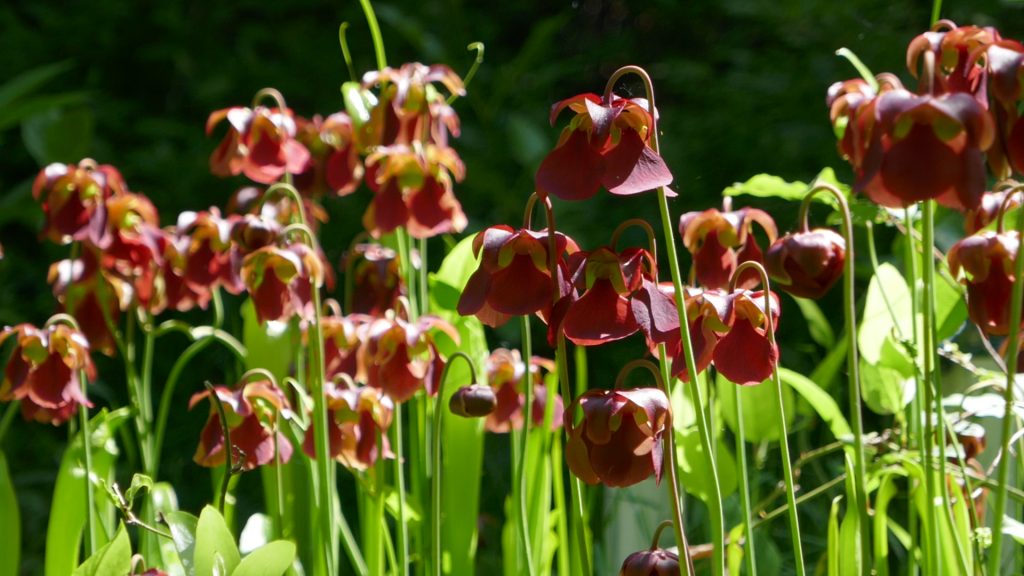
There is always a back story… How do you capture one’s passion? And on paper, no less.
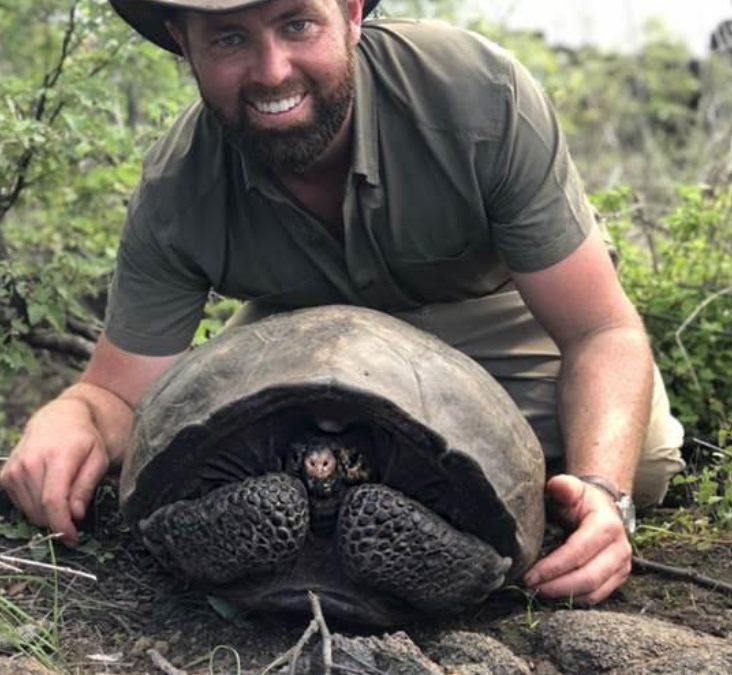
Extinct species? What do a giant tortoise and a giant bee have in common? They are both big? True, but even better, they both were thought to be extinct and have been newly discovered alive. How exciting! A Giant Tortoise on Fernandina Island in The Galapagos was discovered on Feb 17, 2019, during the filming of an episode of Animal Planet. The female is estimated to be over 100 years old and had not been seen since 1906. Now the hunt begins for other members of her species.
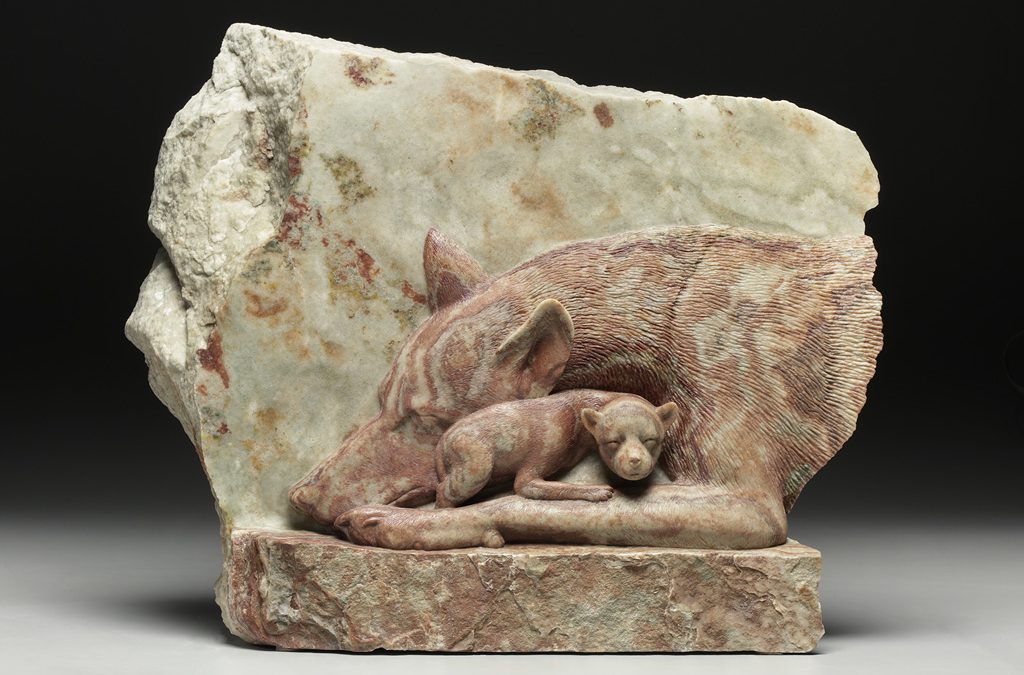
We didn’t think red wolf art would be in high demand. It turns out we are wrong, in a good way!
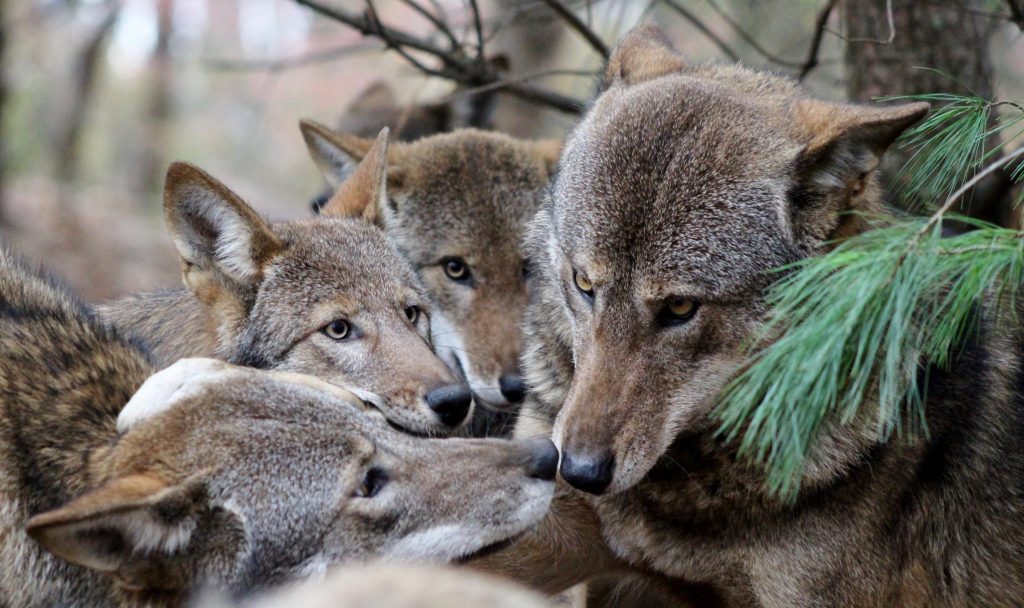
A red wolf sculpture was not on our minds when we visited the NC Zoo in 2018. But after seeing their red wolves for the first time, we learned the only wild ones in the entire world (yes, on the whole planet) live in our home state of North Carolina. And with less than 20 left in the wild and just over 250 in captivity, they are critically endangered and may soon become extinct (again) in the wild.
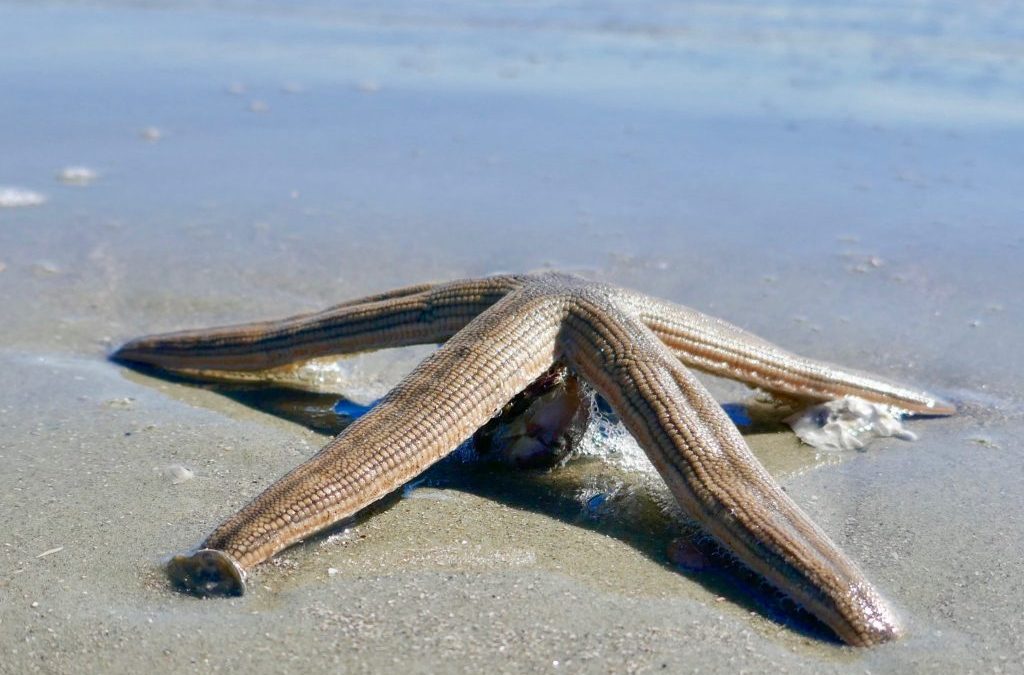
I keep reading about keystone species. But what is one exactly? Is it a new type of animal or plant? Not exactly, but let’s start with a comparison. Think about what a starfish and an elephant might have in common. They eat different things. Starfish eat meat (hmm, that’s interesting) and elephants eat plants. There are only 3 species of elephant, but over 2,000 species of starfish.